If this is your company, CONTACT US to activate Packbase™ software to build your portal.
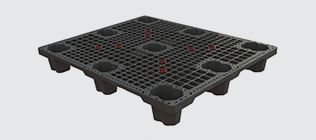

Plasgad is currently starting production of the new Neptune pallet, following a dedicated eight month research and development process. Product Manager, Michal Moses, accompanied the Neptune from the earliest definition stages right through to production. The product design cycle involved the development of tailored technical specifications, the creation of a computer model and completion of an extensive performance analysis (FEA). Plasgad's primary object was to ensure full compliance and support of all technical requirements. This demanded comprehensive adherence to the smallest detail and resulted in a product of the highest quality. The Neptune perfectly matches the design concept from first production, satisfying stringent quality checks for serial production of optimal resistance pallet.
Michal, a mechanical engineer by training, joined Plasgad last year from the digital press industry after deciding to relocate from crowded city life to the green of the North. She found a perfect fit at Plasgad as a Product manager at the R&D department and now enjoys views of the Golan Heights and Hermon mountain from our factory windows.
We met with Michal to gain a deeper insight into the Neptune.
Why was the name Neptune chosen?
The Neptune Pallet was born out of the need to meet the specific quality and functional requirements of the sea freight industry, so the name Neptune, god of the sea in Roman mythology, seemed fitting.
How did it become necessary to develop a unique pallet that could cater for packaging and transporting at sea?
To date, marine transports were made with standard pallets which performed adequately. However, there was clear potential for much more advanced features that could meet the very specific needs arising from transports by sea. Particularly the way vessels are structured and especially the use of cooling containers.
Developing a robust and high quality pallet integrated customer requests with the extensive knowledge and experience of the Plasgad R&D team. Representatives from the development team traveled to several destinations around the world to more deeply understand mariners' requirements, as well as experience first-hand and in real-time the use of pallets at sea. The team understood that the new pallet would need enhanced carrying capacity, durability and adaptability. The products carefully selected feature-set ideally accommodates the demands of transporting food in temperature-controlled conditions by sea.
Compared with competitor offerings, what Neptune advantages make it the most appropriate choice for the sea freight world?
For functional and safe working conditions, the pallet's legs are uniquely designed legs to prevent ice adhesion. In addition, the Neptune has a central leg structure which significantly upgrades the product's stability and strength. Addressing the challenge of merchandize slipping while the vessel is moving, Neptune is equipped with non-slip bumps and optional rubber anti-slip gems. The Neptune pallet has passed all necessary tests and meets GMA global standards.
More useful information on the Neptune pallet:
The pallet size is 1200 x 1000 x 152 mm and weighs 8.2 kg.
Neptune's optimal packing ratio significantly reduces shipping costs.
In addition, skids can be added to the pallet for increased strength and a broader variety of uses. The Neptune is 100% recyclable and environmentally friendly.

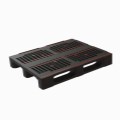
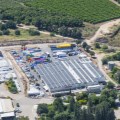
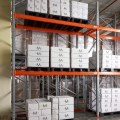

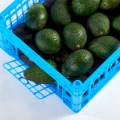
.jpg)
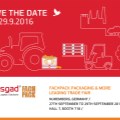

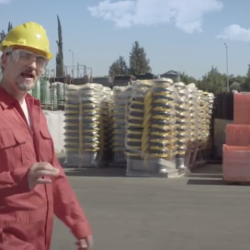








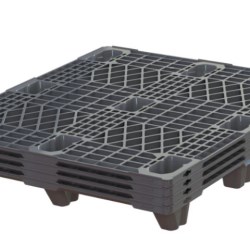

.jpg)

